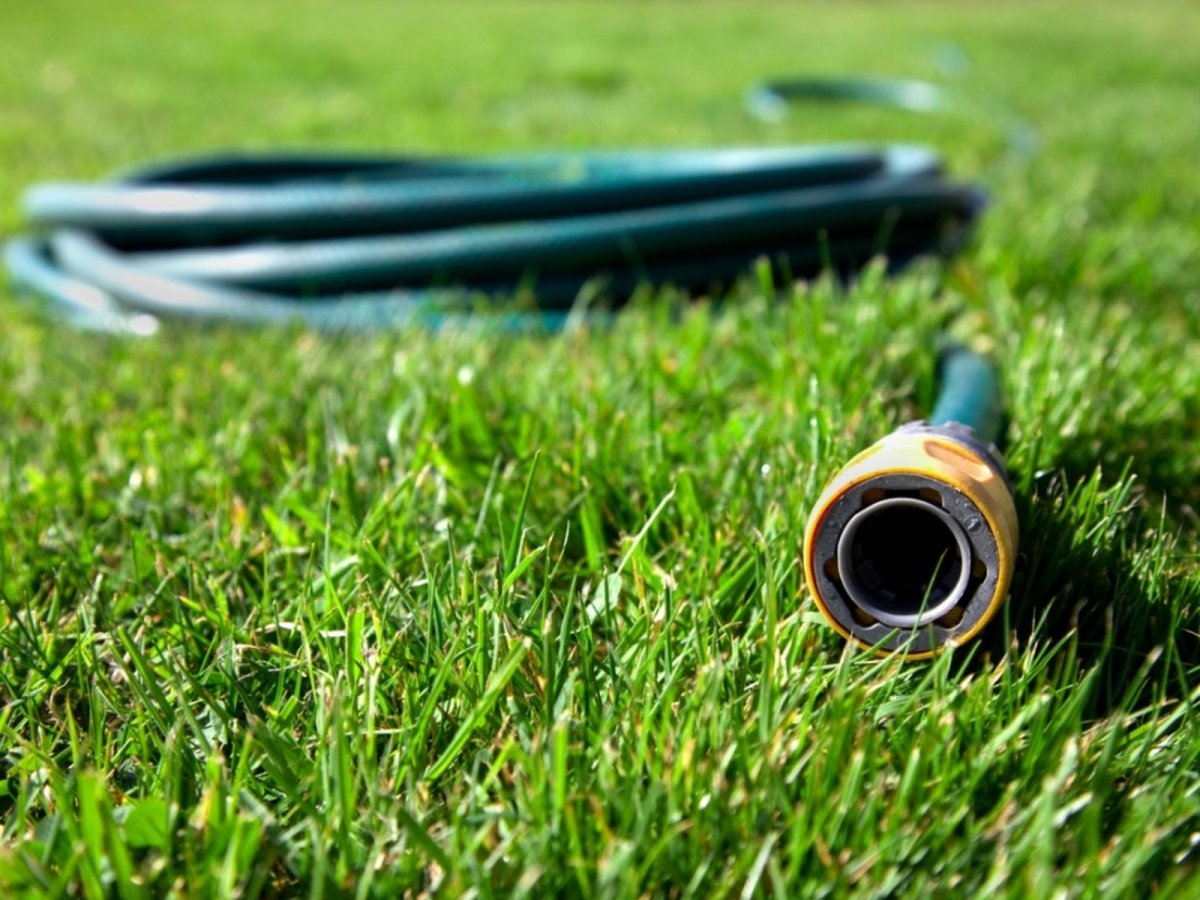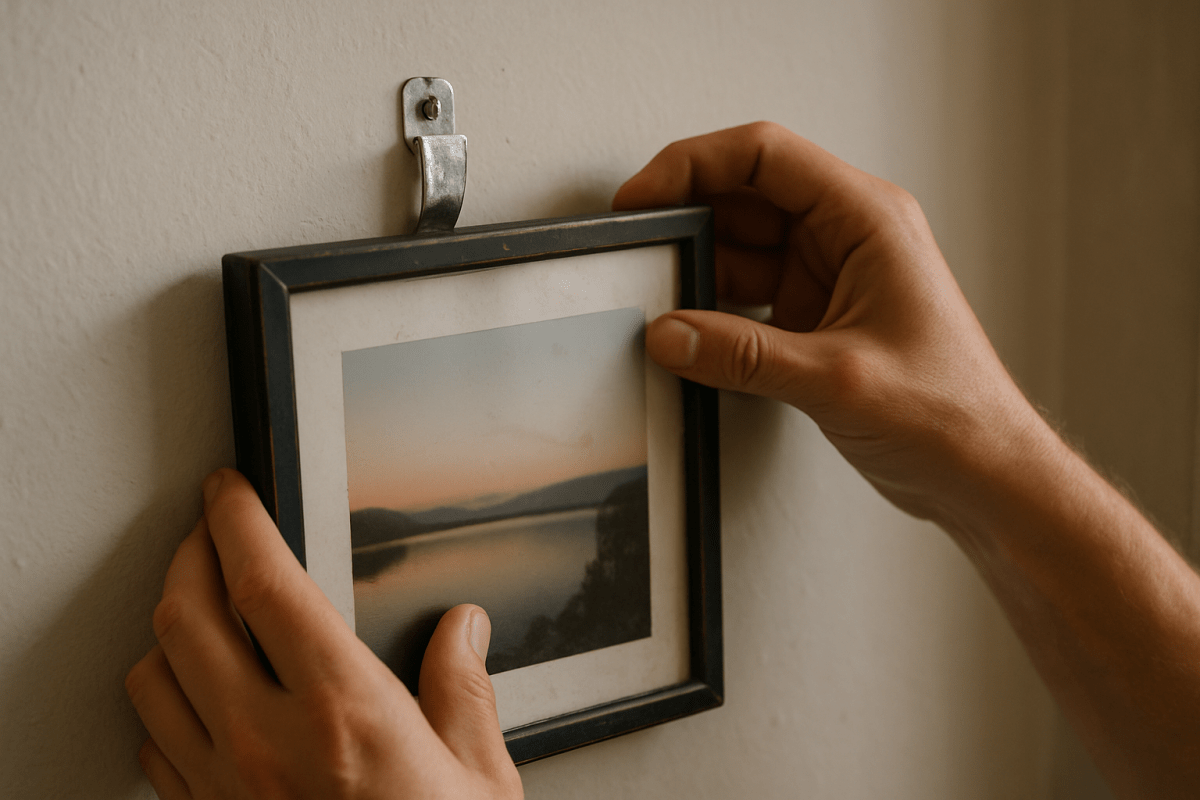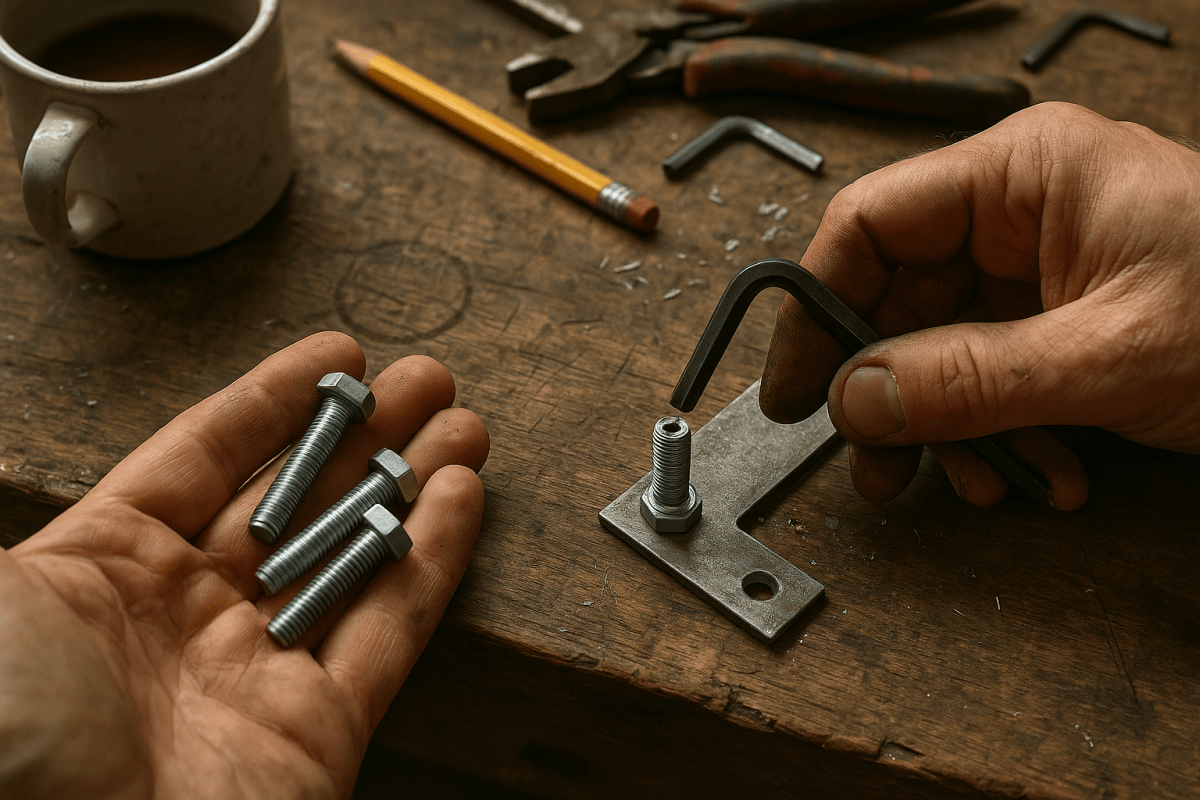In This Guide
Garden Hose 101: What Every Homeowner Should Know
As someone who's tested over 50 garden hoses in the past decade, I can tell you that most people buy the wrong hose for their needs. The perfect garden hose isn't about finding the most expensive option - it's about matching features to your specific watering requirements. Whether you're pairing it with our 8-pattern irrigation gardening hose gun or using it for basic tasks, these fundamentals will help you choose wisely.
The 3 Most Common Hose Mistakes
- Underestimating length needs - Buying too short causes stretching, too long leads to tangles
- Ignoring water pressure - Standard hoses can't handle high-pressure systems
- Cheaping out on connectors - Weak couplings cause most early failures
Pro Tip: Always test your hose fittings with the hose gun you plan to use. Incompatible threads cause leaks.
Garden Hose Materials: The Good, Bad & Ugly
Rubber Hoses - The Gold Standard
After testing dozens of rubber hoses, I've found they consistently outperform other materials in:
- Durability: Lasts 8-12 years with proper care
- Kink resistance: Flexible even in cold weather
- Water safety: Most are drinking-water safe
The extra weight (about 1.5lbs per foot) is worth it for serious gardeners.
Vinyl Hoses - Budget But Fragile
While lightweight and affordable, vinyl hoses:
- Crack after 2-3 seasons in sunlight
- Kink constantly during use
- Often contain lead stabilizers
Only recommend for temporary/seasonal use.
Hybrid Hoses - Best of Both Worlds?
These combine vinyl's lightness with internal reinforcement. When paired with our 8-pattern nozzle, they offer excellent:
- Maneuverability (40% lighter than rubber)
- Moderate kink resistance
- 5-7 year lifespan

Garden Hose FAQs
How do I prevent my hose from kinking?
Three proven methods: 1) Choose rubber or reinforced hoses, 2) Store properly coiled, 3) Use accessories like our swivel hose gun that reduces twisting.
What's the ideal hose length for a 1/4 acre yard?
Most 1/4 acre properties need 75-100 feet. Measure from the faucet to farthest point, then add 10 feet for maneuvering.
Can I leave my hose outside all winter?
Even "all-weather" hoses can freeze and crack. Always drain and store indoors below 20°F.








